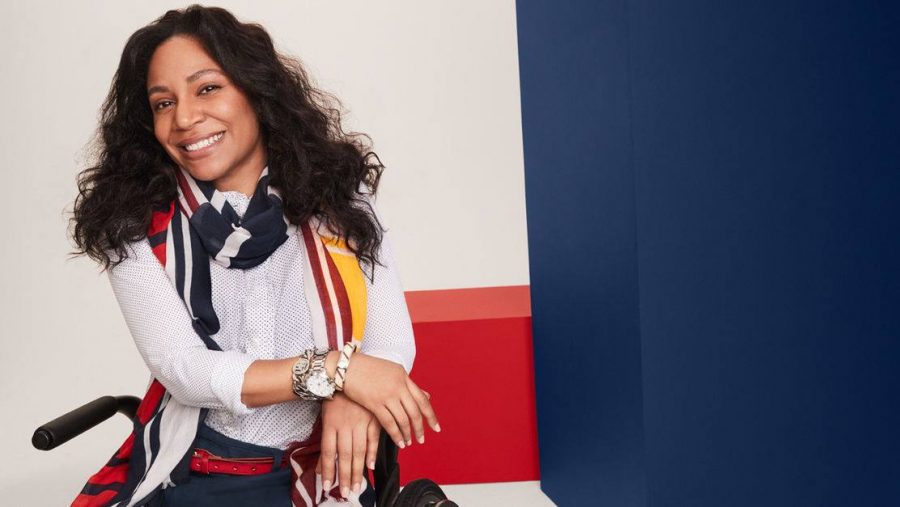Tommy Hilfiger Releases Disability-Inclusive Collection
Tommy Hilfiger launched a disability-inclusive clothing line this month.
October 31, 2017
Tommy Hilfiger is known for filling white space in the fashion industry — being the premier retailer of hip-hop apparel in the ‘90s — but now he’s launched a disability-inclusive clothing line. Tommy Adaptive has 37 men’s and 34 women’s pieces, as well as children’s wear, all created to make fashion more accommodating. Stating that “inclusivity and the democratization of fashion have always been at the core of my brand’s DNA,” Hilfiger said in a statement that he hopes that the collection will continue to build on that vision, allowing expression for differently-abled individuals.
This isn’t the first time Hilfiger has debuted an inclusive clothing line. In spring 2016, Hilfiger paired with Runway of Dreams — a nonprofit that advocates for inclusion in the fashion industry — and launched a 22-piece disability-inclusive collection for children as well. The nonprofit, founded by Mindy Scheier who worked in the fashion industry for 20 years, focuses on pushing the fashion industry to merge mainstream fashion with the “differently-abled community.” At the same price point and without sacrificing the signature Hilfiger style, the pieces differ in the take-on and take-off process.
With at least 15 percent of the world’s population having a disability, it seems logical to have mainstream fashion cater towards those with disabilities. Unfortunately the industry is still quite divided; Tommy Hilfiger is the first instance of a top fashion brand releasing an adaptive clothing line. Outside the realm of mainstream fashion, designers have recognized the issue and have made strides in making actions like taking off and putting on clothing easier. Parsons graduate student Lucy Jones was hailed Parsons School of Design at the New School’s designer of the year for a collection that addressed wheelchair users after hearing her cousin’s troubles with his pants and the teasing he faced at school. Chaitenya Razdan, founder and chief executive officer of care and wear, also began a line after seeing a relative with cancer wear a tube sock to cover a peripherally inserted central catheter line, which is imperative for chemotherapy patients as it serves as an area for easy vein access. Razdan told the New York Times, “what you wear has a profound impact on your psyche, it can make you feel like yourself again at a time when it’s easy to feel like things are out of your control.”
Fashion has been under fire many a time for being a hyper-exclusive and unwelcoming industry. Whether it be the glaringly obvious issue of anorexic models or cultural appropriation, the industry remains as exclusive as always. Finally starting to address disabilities in mainstream fashion and allowing those with disabilities to feel just as included seems like a no-brainer to most people, almost too obvious, but given the fashion industry’s selective nature it seems amazing that this happened at all. With Hilfiger’s new collection, perhaps other designers will experience the same epiphanies and include a greater population in their designs. Something as simple yet so impactful as clothing shouldn’t be a daunting issue for those with a disability or a terminal illness; it should be a secondary concern, something as menial and normal just as it is for the rest of society.
Email Liv Chai at [email protected].

























































































































































